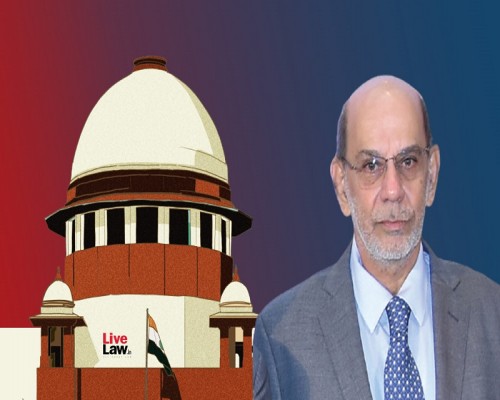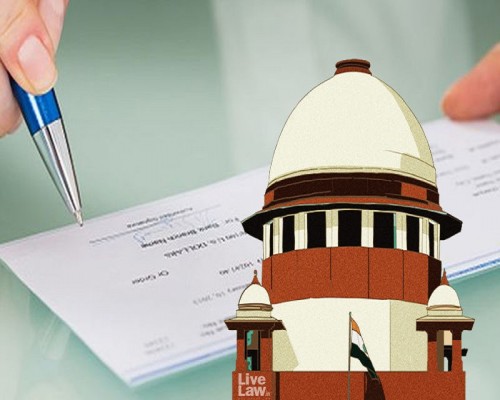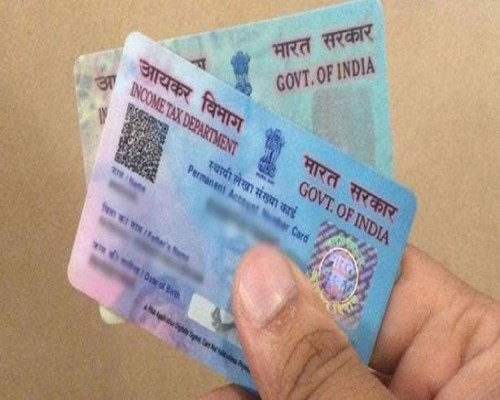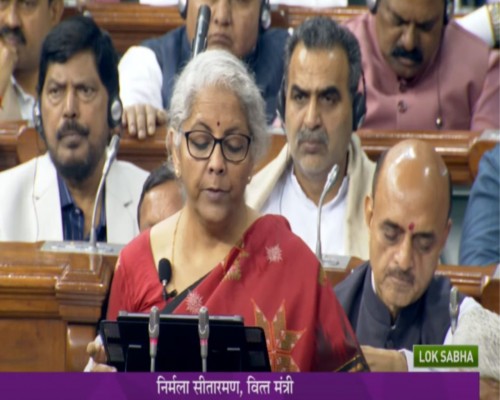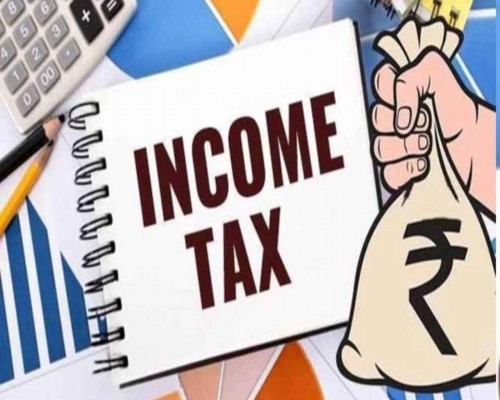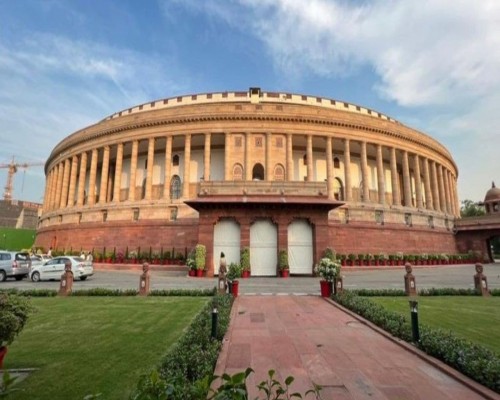Decoding Budget 2025: Understanding India’s Fiscal Blueprint

The Union Budget, an annual financial blueprint of the Indian government, outlines the nation’s projected revenues and expenditures for the upcoming fiscal year, spanning April 1 to March 31. Beyond being a mere document, the Budget is a critical tool for economic governance, influencing policies and resource allocation across diverse sectors. Budget 2025 carries particular significance as India’s economy navigates a path of post-pandemic recovery, structural reforms, and aspirations for sustainable growth.
The Structure of the Union Budget
The Budget is a meticulously structured document designed to ensure clarity, transparency, and accessibility. It consists of several key sections:
1. The Finance Minister’s Speech
This section is the most public-facing aspect of the Budget presentation. Delivered in Parliament, the Finance Minister’s speech provides an overview of the government’s economic vision, policy focus, and major financial allocations. It is divided into two parts:
• Part A: Focuses on broader economic policies, reforms, and sectoral initiatives. Areas such as agriculture, infrastructure, education, healthcare, renewable energy, and social welfare dominate this segment.
• Part B: Details taxation policies, including proposals for direct and indirect taxes, customs duties, and measures aimed at revenue generation.
2. The Annual Financial Statement (AFS)
As mandated by Article 112 of the Indian Constitution, the AFS is the central component of the Budget. It provides a comprehensive summary of the government’s financial plans, breaking down estimated receipts and expenditures into the following:
• Revenue Account: Includes revenue receipts—tax revenues (e.g., income tax, GST) and non-tax revenues (e.g., dividends from public sector enterprises)—and revenue expenditures, which are primarily operational expenses such as salaries and subsidies.
• Capital Account: Encompasses capital receipts, including borrowings and proceeds from the disinvestment of government assets, as well as capital expenditures, such as investments in infrastructure, education, healthcare facilities, and defence.
3. Demands for Grants
Each ministry and government department submits a detailed estimate of funds required for their functioning and specific projects. These estimates, known as Demands for Grants, are thoroughly scrutinized and approved by Parliament.
4. The Finance Bill
The Finance Bill is a critical legislative document that incorporates legal amendments necessary to implement the taxation proposals outlined in the Budget. Once passed, it becomes an Act, empowering the government to collect taxes and allocate resources.
5. Fiscal Policy Statements
These include the Medium-Term Fiscal Policy Statement, Fiscal Policy Strategy Statement, and Macroeconomic Framework Statement. These documents offer insights into the government’s fiscal objectives, such as managing deficits, reducing debt, and ensuring macroeconomic stability.
Key Financial Terms and Concepts
To fully grasp the Union Budget, it’s essential to understand several technical terms:
• Revenue Receipts: Income earned by the government through taxes (like income tax and GST) and non-tax sources (e.g., fees, dividends).
• Revenue Expenditure: Funds spent on operational needs, including administration, interest payments, and subsidies.
• Capital Receipts: Money raised through borrowings, recovery of loans, or disinvestment of public sector enterprises.
• Capital Expenditure: Investments in asset creation, such as infrastructure projects, hospitals, schools, and defence equipment.
• Fiscal Deficit: The shortfall between the government’s total expenditure and its total receipts (excluding borrowings). It indicates the borrowing requirements for the fiscal year.
Accessing and Analysing the Budget Documents
The Union Budget is presented in the Lok Sabha by the finance minister, after which all related documents are made available on the Ministry of Finance’s official website. This practice ensures transparency and enables stakeholders, including economists, business leaders, academicians, and citizens, to evaluate the financial and policy priorities of the government.
The documents include:
• Key Budget Speeches
• Detailed Expenditure Statements
• Outcome Budgets
• Economic Survey (presented before the Budget)
The Significance of the Union Budget
The Union Budget serves as a roadmap for the country’s socio-economic development. It impacts every facet of the economy, from inflation and employment to investments and trade. Here’s why it matters:
1. Policy Direction: The Budget reflects the government’s policy priorities, whether it’s boosting infrastructure, enhancing social welfare, or driving digitalization and sustainability.
2. Economic Growth: Through strategic investments in key sectors, the Budget aims to catalyse economic growth, generate employment, and raise living standards.
3. Fiscal Responsibility: It outlines measures to maintain fiscal discipline, ensuring that government borrowing and debt remain sustainable.
4. Public Engagement: By making Budget documents accessible, citizens gain insights into how public resources are utilized and the direction of the nation’s development.
A Closer Look at Budget 2025
Budget 2025 arrives at a critical juncture, addressing challenges such as global economic uncertainties, inflationary pressures, and the need for green growth. Key highlights include:
• Increased allocations for renewable energy projects to support India’s net-zero ambitions.
• Reforms in the agricultural sector, including enhanced subsidies for organic farming and irrigation.
• Greater focus on health infrastructure with the expansion of primary health centres and digitization of health records.
• Tax incentives for startups and MSMEs to encourage innovation and entrepreneurship.
Engaging with the Budget
Understanding the Union Budget enables individuals and businesses to anticipate economic trends and make informed decisions. For instance, tax reforms directly affect personal finances, while infrastructure spending can influence investment opportunities.
In conclusion, the Union Budget is much more than a fiscal statement; it reflects the nation’s aspirations and priorities. By engaging with the Budget, citizens and stakeholders can play a more active role in shaping India’s economic future.









